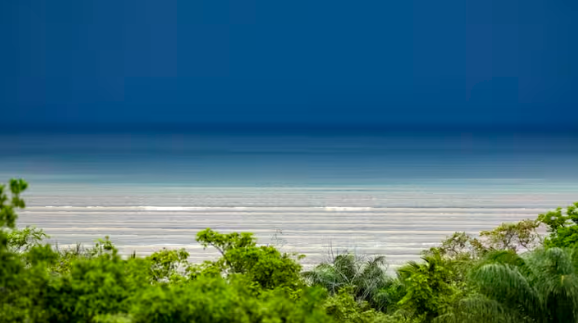A team of scientists has created a virtual twin of the oceans, providing real-time data on temperature, currents, and waves to anticipate climate phenomena and monitor pollution. This tool will be officially presented in June in Nice.
Oceans cover 70% of the Earth’s surface and produce 50% of the oxygen we breathe. To better protect them, a French team has developed their digital twin—an oceanic twin that allows us to navigate the seas without leaving our chairs. On a computer, users can simply point to a location on the globe with their mouse to instantly access real-time data on temperature, ocean currents, and waves anywhere in the world.
The European forecasting center Mercator Ocean, based in Toulouse, has been working on this digital ocean project for many years. It is now fully operational and will be officially presented at the United Nations Ocean Conference in Nice in June 2025. This digital twin has been developed in collaboration with Ifremer, CNRS, Météo-France, and numerous international organizations. This scientific forecasting center processes massive amounts of data every day. Mercator is capable of updating 10 billion measurement points across the world’s oceans every two minutes. Project leaders explain that the written transcription of just one day’s worth of this data would be equivalent to the content of more than two million books.
The Rise of Artificial Intelligence
This vast amount of data has enabled the reconstruction of a 3D virtual ocean. Mercator, which will soon transition into an intergovernmental organization, aims to make all this data freely accessible to everyone. The digital twin helps anticipate future coastal erosion or sea ice melt, monitor the evolution of currents, and track the spread of invasive algae. It can even trace plastic pollution back to its source by analyzing past data.
In general, digital twins are becoming increasingly widespread, extending far beyond oceanographic research. With the advancement of artificial intelligence systems, digital twins provide an effective way to simulate scenarios in space and time, helping to make better decisions. This technology is also being applied in healthcare, urban planning, and industry—for example, testing how an organ reacts to a medication, assessing a city’s flood response, or simulating the performance of a solar power plant under different weather conditions. In short, the global digital twin market is booming and is expected to grow 15-fold in the next decade.
Source: Francetvinfo




